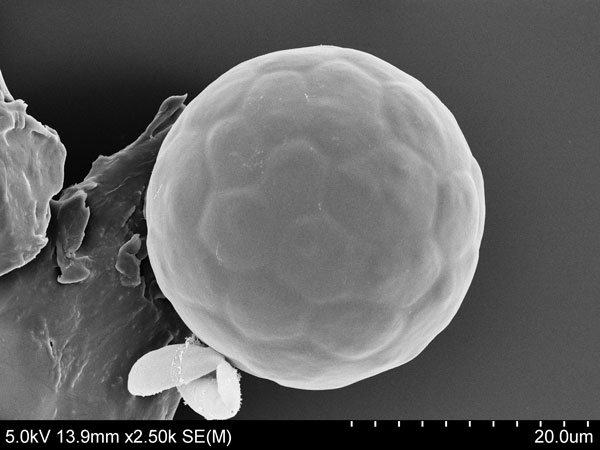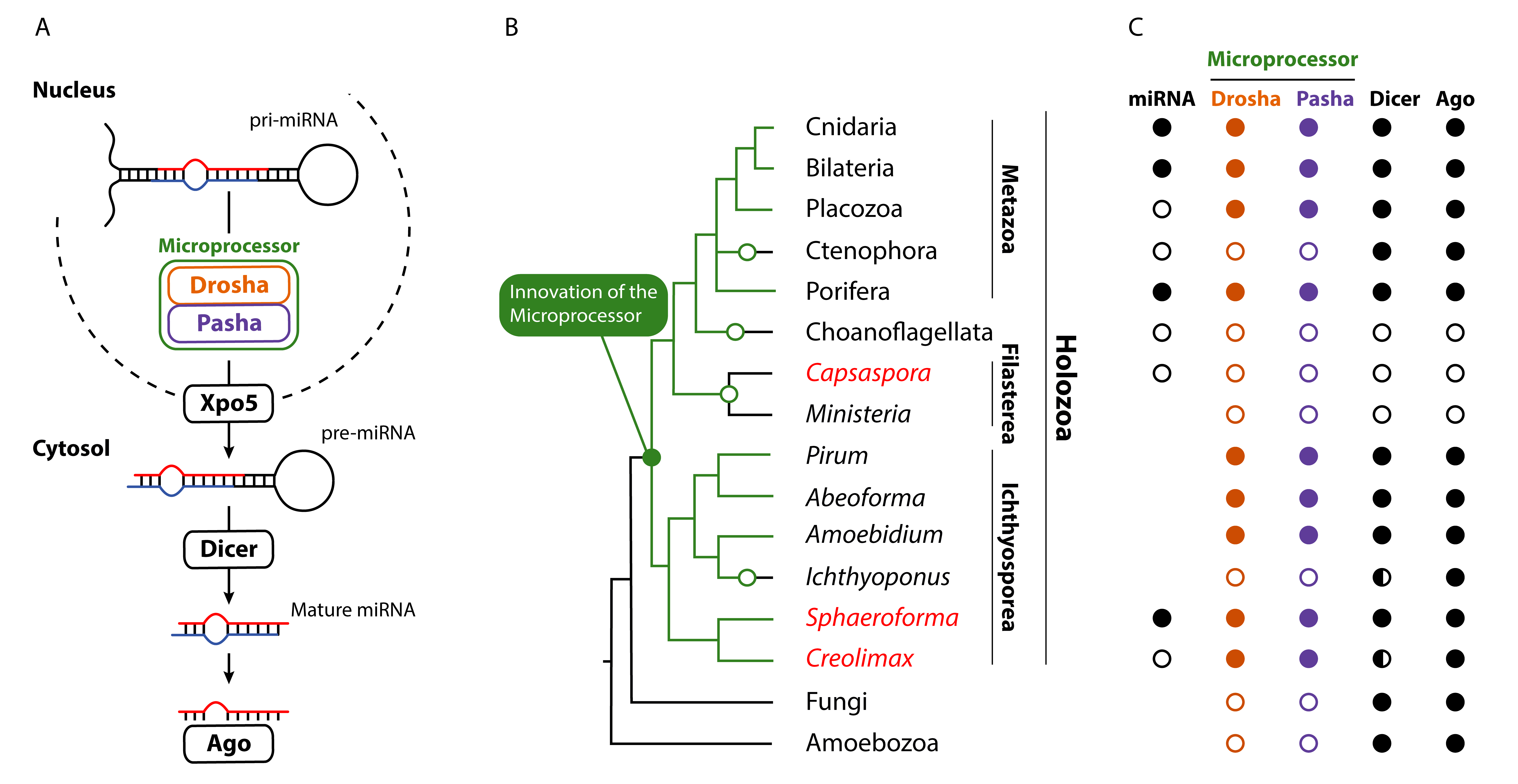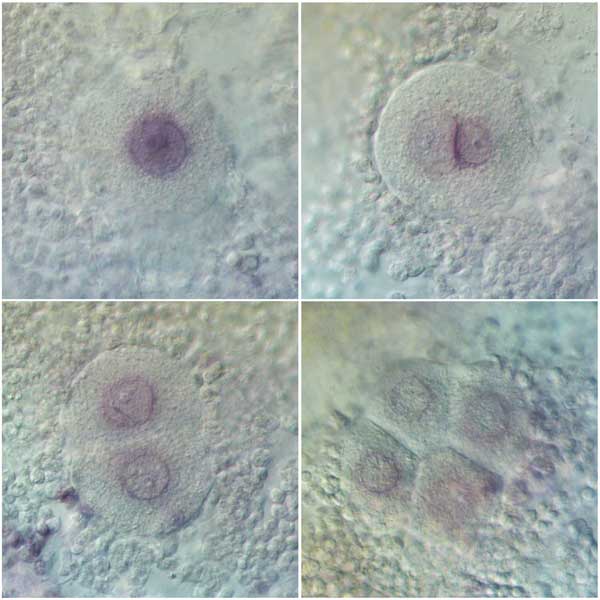Research
Updated 2021.12.25
I recently started working at the Norwegian Institute of Public Health where I am trying to learn virology and epidemiology. Most of my time is spend tackling the vast amount of data that is being produced from genome sequencing of SARS-CoV-2 in Norway. But I am also involved in a few research projects on SARS-CoV-2, such as for instance this recent publication in Virus Evolution on the dynamics and evolution of the UK-lineage in Norway.
Previous projects
Regulatory RNAs and the origin of animals
As a post doc I led two fully funded projects on genome regulation and the evolutionary origin of animals. We studied questions such as, How did the first animal look like, and how did it evolve from single-celled species? In particular. we were interested in the genes that regulate how other genes are used and how these may have contributed to the evolution of increased morphological and developmental complexity. We worked on sponges, comb jellies and the single-celled choanozoans, the closest ancestors of animals.
MicroRNAs
MicroRNAs are short RNA molecules that regulate other genes, and in animals microRNAs are an essential part of the genetic toolkit. I am trying to find out when microRNAs and the complementary protein machinery evolved in animals. We have recently discovered for the first time microRNAs, as well as homolohs of the animal protein machinery which processes the miRNAs, in unicellular ancestors of animals, suggesting that these evolved much earlier than previously thought. The paper has recently been published in Current Biology.


Long non-coding RNAs
Another type of regulatory genes are long non-coding RNAs. This is a class of recently discovered RNA genes. Very little is known about what these genes do, and even less is known about their evolutionary significance. To get a glimpse of how the last common ancestor of animals might have used lncRNAs, we have studied their expression dynamics during cellular development in the sponge Sycon ciliatum (published in Proceedings B) and in the ichthyosporean Sphaeroforma arctica (preprint available on bioRxiv).


Protist diverst and evolution
I did my PhD on the diversity and evolution of protists, single-celled eukaryotes. In particular, I studied weird groups of protists that were largely unknown. I used methods such as environmental sequencing and molecular phylogenetics.